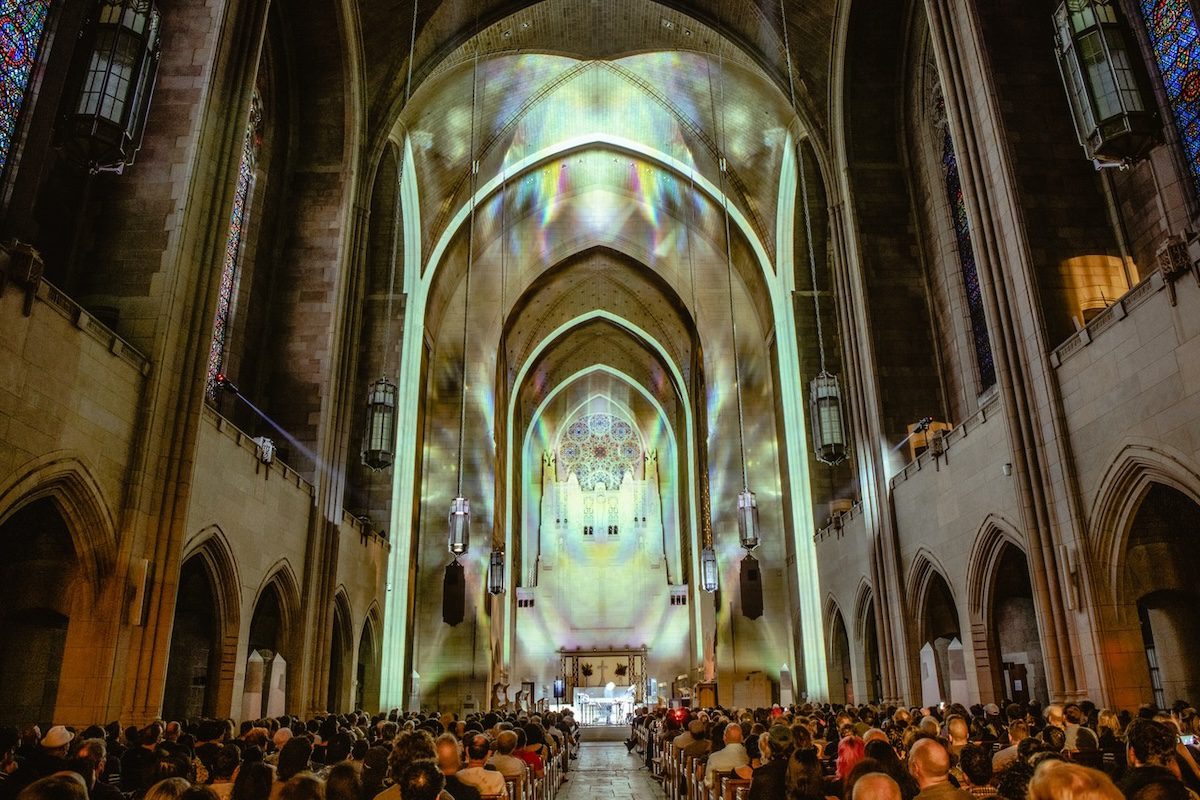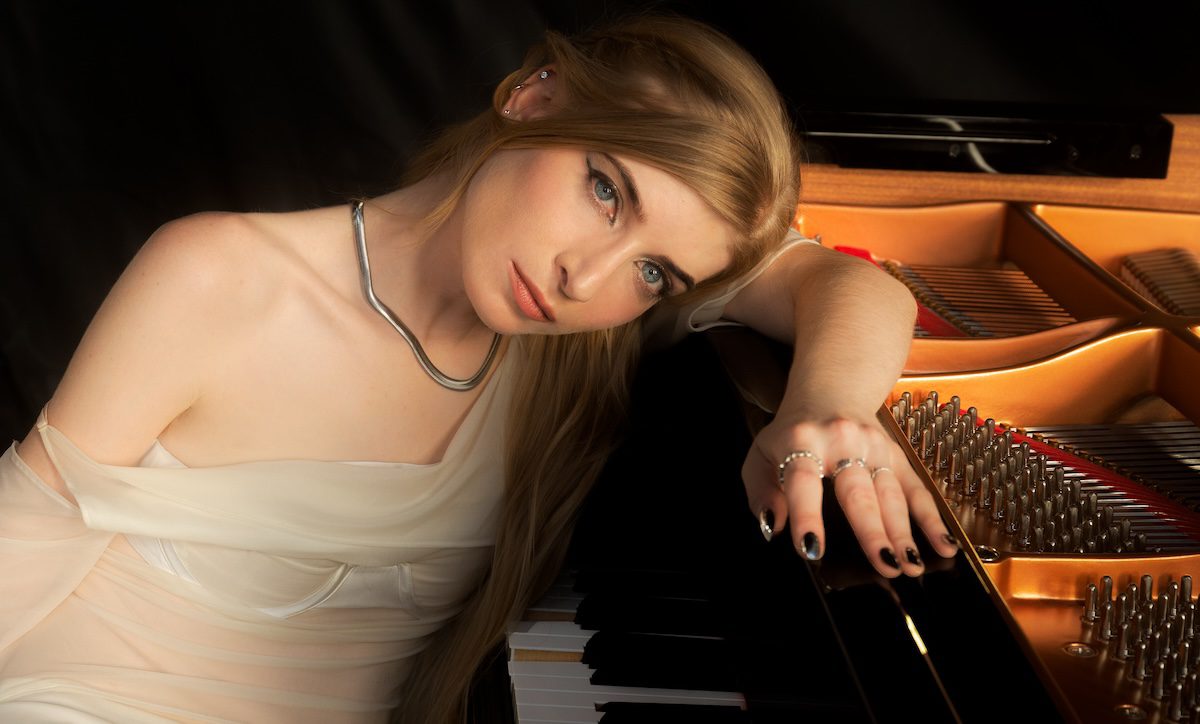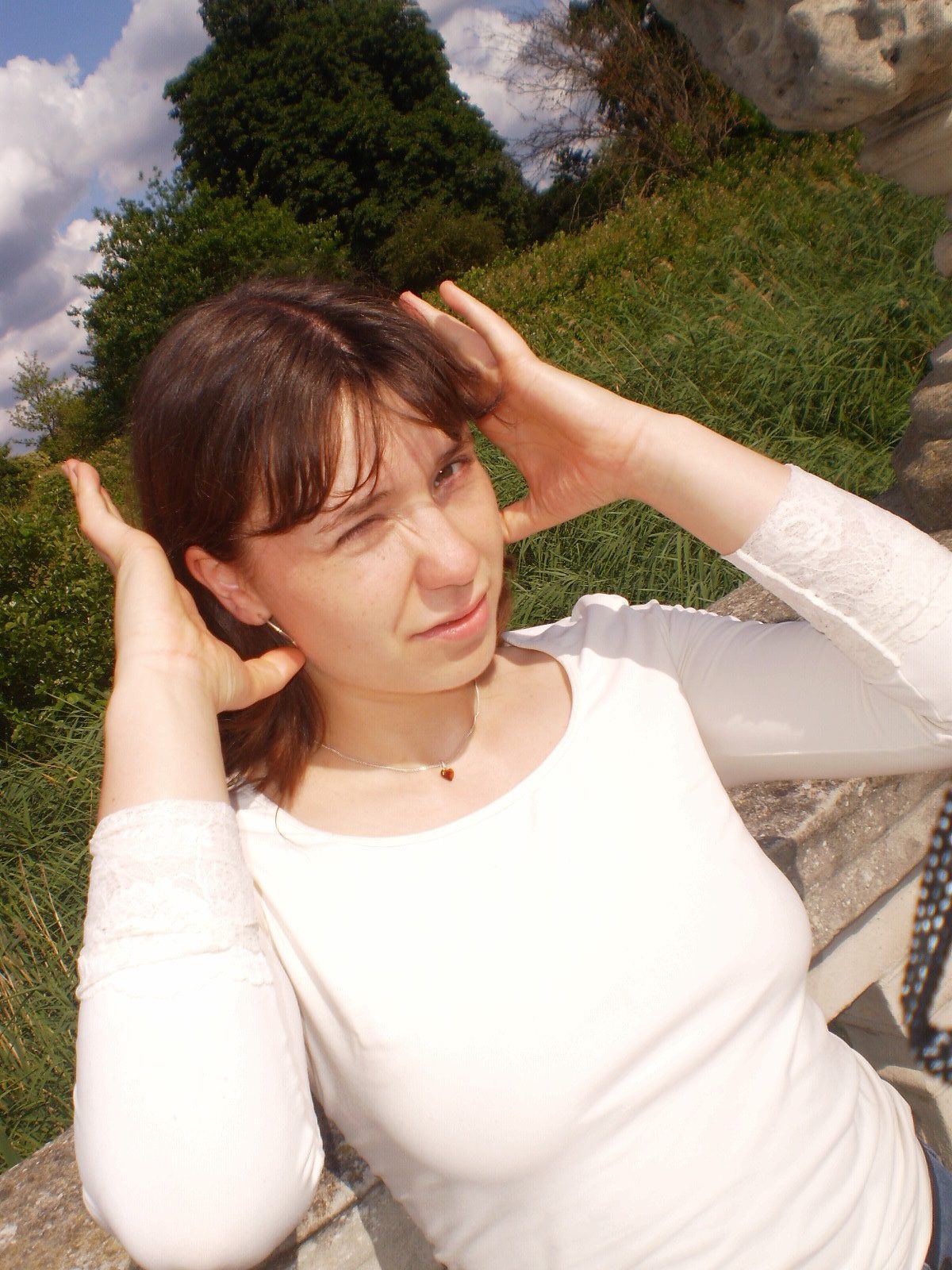
Philip Glass Ensemble
Music in Twelve Parts
“The PGE represents the most authentic performance practice of my music in our time. I am looking forward to championing them as they carry it forward and bring its unique repertoire to new generations.” – Philip Glass
The Philip Glass Ensemble (PGE) comprises the principal performers of the music of Philip Glass. In 1968, Glass founded the PGE in New York City as a laboratory for his music. Its purpose was to develop a performance practice to meet the unprecedented technical and artistic demands of his compositions. In pioneering this approach, the PGE became a creative wellspring for Glass, and its members remain inimitable interpreters of his work.
MUSIC IN TWELVE PARTS
Composed by PHILIP GLASS
Performed by THE PHILIP GLASS ENSEMBLE
Day 1:
–Parts One, Two & Three
-15 minute intermission
-Parts Four, Five & Six
Day 2:
-Parts Seven, Eight & Nine
-15 minute intermission
Parts Ten, Eleven & Twelve
THE PHILIP GLASS ENSEMBLE
Michael Riesman, music director, keyboard
Lisa Bielawa, voice, keyboard
Dan Bora, sound
Peter Hess, alto and tenor saxophone
Ryan Kelly, onstage sound
Mick Rossi, keyboard
Sam Sadigursky, soprano saxophone, flute
Andrew Sterman, flute, piccolo, soprano saxophone
Production Manager, Michael Amacio
PGE manager, Andrew Sterman
The Philip Glass Ensemble is represented by Devi Reddy of Park Avenue Artists, NYC.
The Philip Glass Ensemble is the authoritative performer of its repertoire.
By special arrangement with Philip Glass and Dunvagen Music Publishers, Inc.
Please note that Philip Glass will not be performing as part of this concert.
Program Note:
Music in Twelve Parts, written by Philip Glass between 1971 and 1974, is a deliberate, encyclopedic compendium of some techniques of repetition the composer had been evolving since the mid 1960s. It holds an important place in Glass’s repertory not only from a historical vantage point (as the longest and most ambitious concert piece for The Philip Glass Ensemble) but from a purely aesthetic standard as well, because Music in Twelve Parts is both a massive theoretical exercise and a deeply engrossing work of art. Music in Twelve Parts would most likely be classified as a minimal work, it was a breakthrough for me and contains many of the structural and harmonic ideas that would be fleshed out in my later works. It is a modular work, one of the first such compositions, with twelve distinct parts which can be performed separately in one long sequence, or in any combination or variation. Music in Twelve Parts was rehearsed, workshopped, and shared in lofts and galleries of downtown Manhattan. The piece received its first performance in its entirety on June 1, 1974, at The Town Hall.



